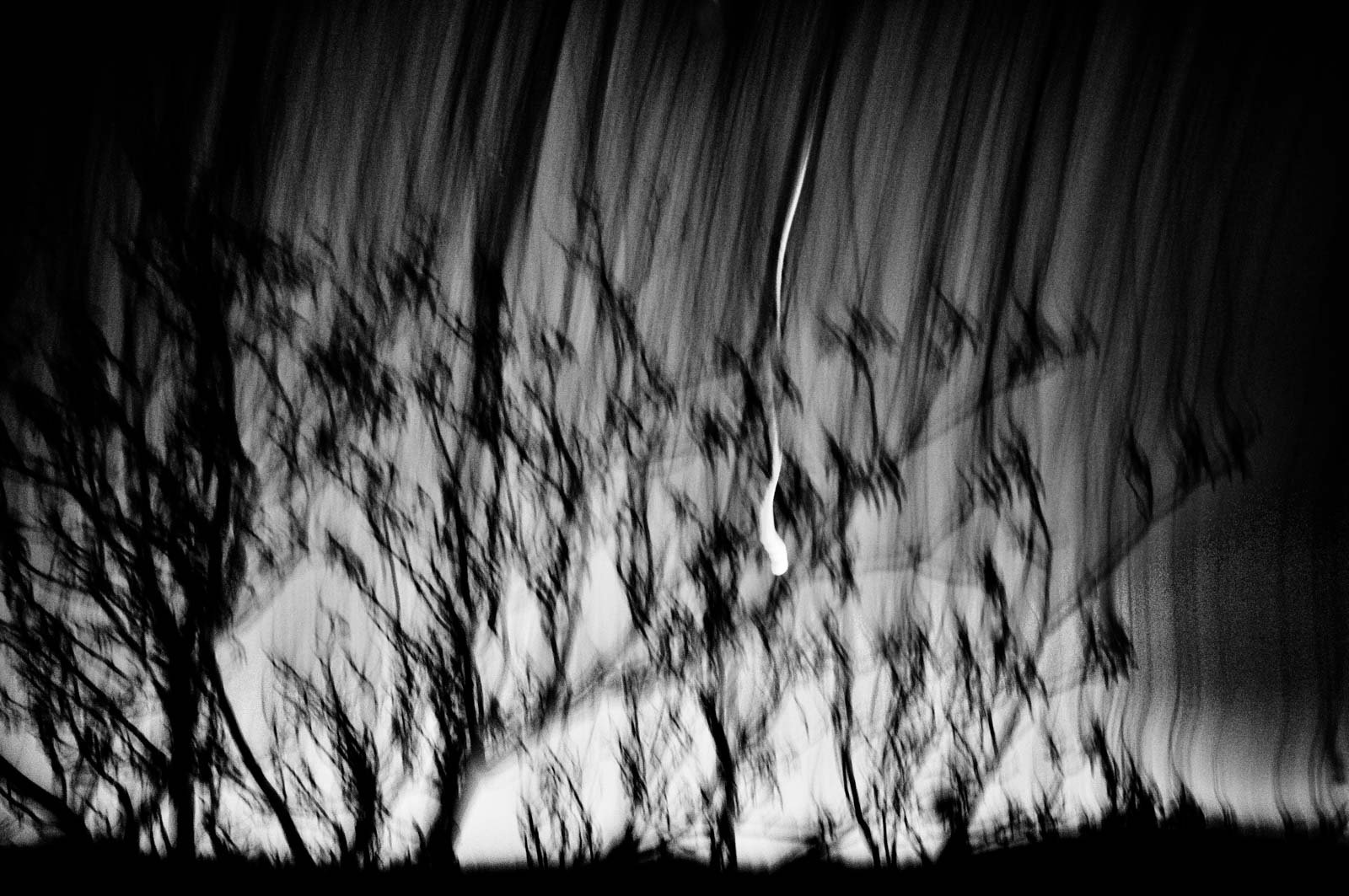Photographing Against the Machine-World — What Vilém Flusser Still Tells Us
“The photographer does not merely play with the apparatus — he is also played by it.”
— Vilém Flusser, Towards a Philosophy of Photography (1983)
TO PHOTOGRAPH IS TO OBEY THE PROGRAM
At a time when every tragic event, every intimate emotion, every street corner becomes an image — instantly produced, instantly forgotten — it is urgent to revisit Vilém Flusser, the lucid thinker of photography, who relentlessly warned us about the traps of technical programming. Flusser — stateless philosopher, political refugee, fiercely independent spirit — left us a radical warning: the photographic image is not innocent, and the camera is not a neutral tool. It is a program. An automaton disguised as a prosthesis of freedom.
Let’s be clear: the vast majority of today’s photographs are automated acts. We no longer look, we capture. We no longer think, we document. The photographic act — once charged with poetic or political potential — has become a Pavlovian reflex, embedded in our phones, in our social behaviors, in the protocols of journalism and advertising alike.
Flusser foresaw this in the 1980s. He called it the functionary of the apparatus: the one who believes they are creating, while merely executing the instructions of a program. And that program has since mutated. It’s no longer just the camera that dictates its possibilities — it’s the algorithms of visibility, the social norms of acceptability, the aesthetics of the like, the logic of the feed. We no longer photograph to see — we photograph to be seen.
It is no longer the eye that sees — it is the network.
REVEALING WHAT THE APPARATUS WANTS TO HIDE
So, what is to be done? Flusser does not preach withdrawal, nor nostalgic conservatism. He calls for a fundamentally critical and poetic gesture: to play against the apparatus. To divert it, to force it to produce what it does not anticipate. To reintroduce randomness, silence, and the unexpected into a world saturated with signals.
Some photographers have ventured — and still venture — along this precarious edge. One thinks of Daido Moriyama, who transformed overexposure, blur, grain, and instability into tools of visual disobedience within a hyper-coded Japan. Or Antoine d’Agata, who drives his camera deep into the abyss of the intimate and the impulsive, to the point of radically dissolving the boundary between seeing and living. These artists do not document — they rupture.
Further still, photographers like Joan Fontcuberta openly sabotage the codes of photography by creating fake archives, fake narratives, fake evidence — revealing that photographic objectivity is a fragile construct, a technical fiction.
And then there are the quieter ones, working at the margins. Raymond Meeks (published by MACK), for instance, composes images like murmurs: blurred, oblique, sometimes nearly absent. He doesn’t show; he suggests an absence, a tension, a sense of loss. Perhaps this is what it means to play against the apparatus: to wrest from it something it never meant to give.
AGAINST THE AESTHETICS OF CONSENSUS
Flusser didn’t sugar-coat his words: we are becoming enthusiastic automatons, fascinated by our own prostheses. Our phones are cameras, our bodies are interfaces, our imaginations are occupied territories. This is not about rejecting technology — that would be both futile and reactionary. This is about disabling its automatisms, restoring trouble and opacity to the suspicious clarity of the image.
Against the aesthetics of consensus, we need a photography that disturbs, that doubts, that sometimes even fails to say — but that resists the programmed reduction of the world.
This is what Flusser teaches us. He does not ask us to worship photography. He asks us to make it a site of thought — and thus, of struggle.
Vilém Flusser died in a car accident in 1991. An image killed him.
But he left behind a living thought. It is up to us not to let it die beneath the weight of likes.
BIBLIOGRAPHY
Vilém Flusser, Towards a Philosophy of Photography, Reaktion Books, 2000 (original: Für eine Philosophie der Fotografie, 1983)
Joan Fontcuberta, Pandora’s Camera, MACK Books, 2014
Antoine d’Agata, Position(s), Textuel, 2008
Daido Moriyama, Farewell Photography, PowerShovel Books, 2006
Raymond Meeks, Ciprian Honey Cathedral, MACK Books, 2020
